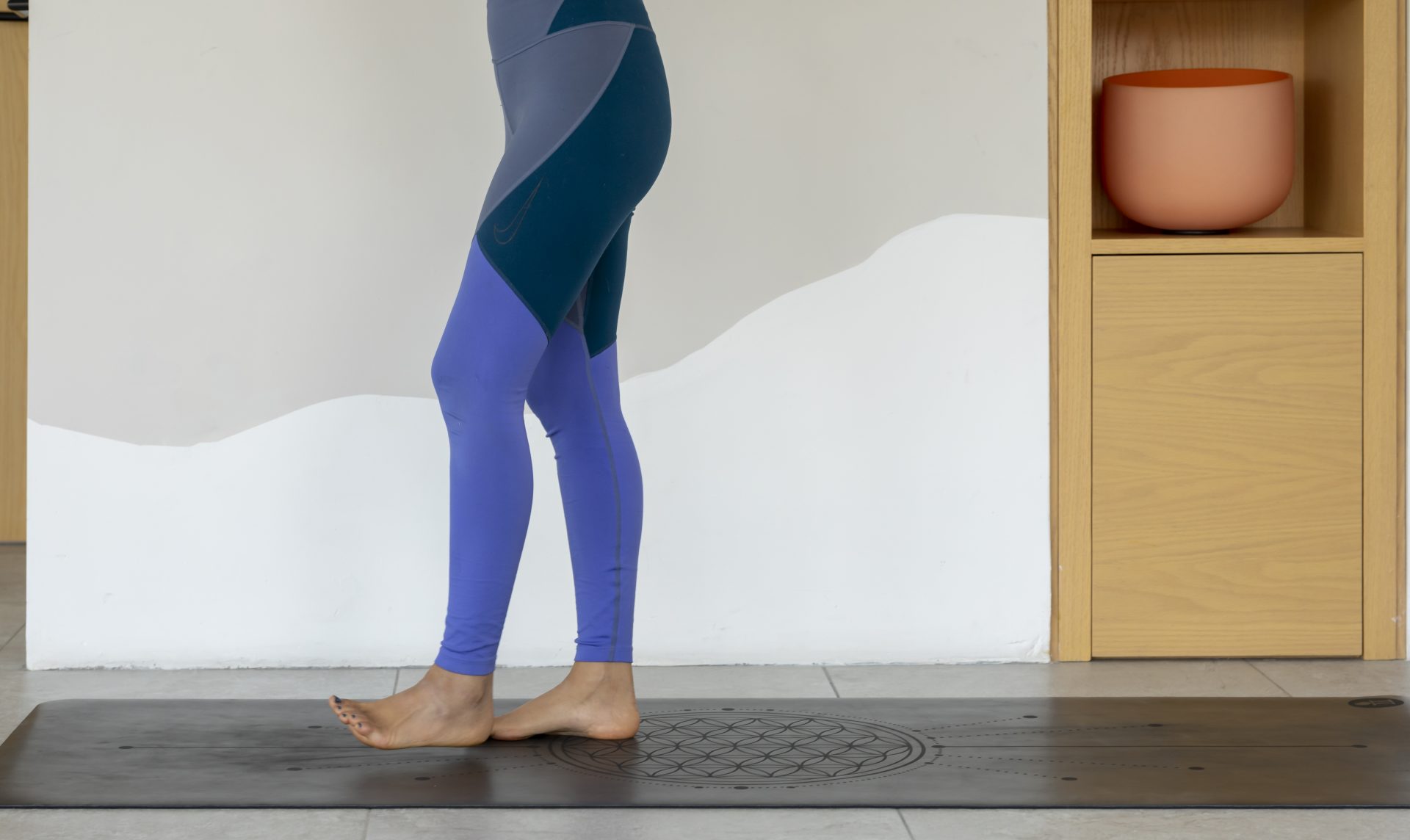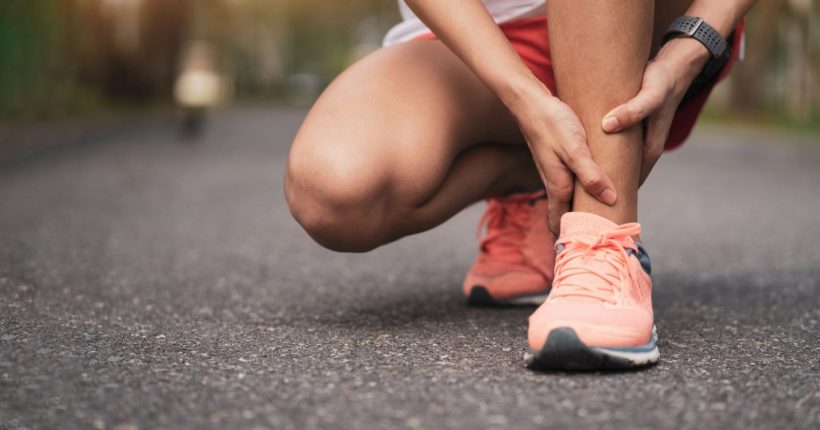How to strengthen your tibialis muscle to prevent injury and pain.
We all know about the importance of stretching our muscles and mobilising our joints ahead of a run to prevent injury. It’s why we dynamically stretch our hamstrings with good mornings, work the quads in walking lunges and open the hips with yogi squats.
But have you ever thought about releasing the muscles around your shins? Probably not, given that the area is densely made of bone and not exactly malleable enough to contort into stretchy positions.
You may also like
Running: 6 ways to avoid injury now that we're running a lot more than usual
If you’ve ever had shin splints, though, you’ll know only too well the agony caused by built-up pressure in that area. The good news is you can ease pain and tightness around the shins, but it’s not done with stretching as much as it is strengthening the area. This is where tib raises come in handy.
What are tib raises?
While you might not see many people doing these at the gym, tib raises are an important way to strengthen the smaller muscles in your lower body. “Tib raises are a great exercise for strengthening the shins, or rather the muscle along the front of your shin from the ankle to the knee known as your tibialis anterior,” explains Michelle Ditto, master trainer at Pure Barre.
In a tib raise, you’ll flex the foot to contract the muscle and help to strengthen it.

What are the benefits of tib raises?
We need all of our muscles to be strong, including the small and relatively little-known ones like the tibialis anterior. “It is an important muscle in deceleration (slowing down) when running, jogging and walking, so runners and hikers use it a lot, especially as they try to slow themselves going downhill,” explains Ditto.
But tib raises are also useful for stabilising the hips and the knees to prevent injuries, particularly in runners who land heavily and push weight through their joints.
The tibialis also needs to be strong enough to take on load in endurance sports. While shin splints can be caused by weaknesses in the calves and ankles, often they are a result of overusing certainmuscles in our lower body. The tibialis needs to be strong enough to keep flexing time and time again, like when you are walking for a long period.
You may also like
Fitness challenge: “I did calf raises every day for two weeks and improved my 5km PB”
How to do a tib raise
“I recommend doing tib raises after some dynamic stretching. You could incorporate them at the beginning of your workout if you’re getting ready to go on a jog or run, or tack them on to the end of a leg day at the gym since the tibialis is overlooked in strength training,” says Ditto. “A sweet spot to start is about 6 to 10 reps for 3 sets and then you can increase from there.”
- Stand with your back against a wall and your feet hip-width apart.
- Walk your feet out a few steps – the further out you step your feet, the more challenging you will make the exercise.
- Press your heels into the floor and lift your toes and feet off the ground and towards your shins, keeping your toes and knees straight.
- Squeeze the foot at the top then slowly lower.
Images:
Source: Read Full Article
